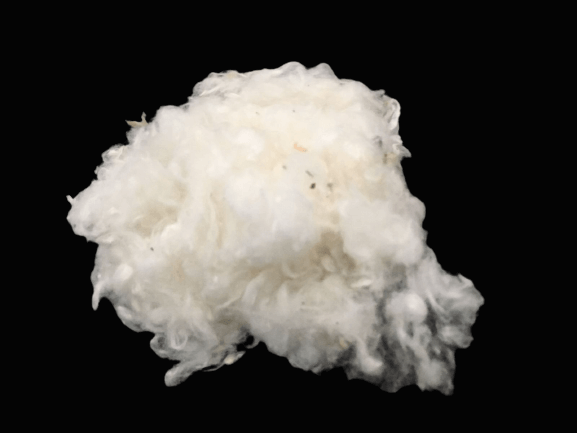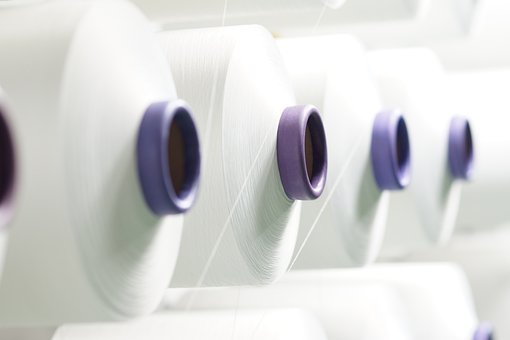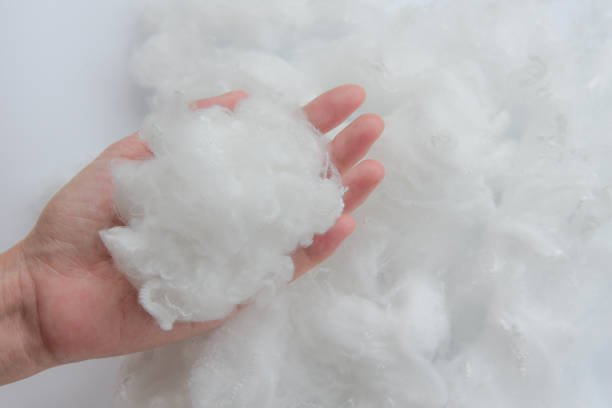What is a textile fiber?
We are all familiar with different types of textile products which are made of different fibers. But what is a textile fiber? Fibers are the building blocks of all textile products including apparel, home textiles, protective and other technical textiles. Fibers make yarns and yarns are further converted into knitted or woven fabrics of which end products are made using different textile processes. Fibers can also be converted directly into fabrics without making yarns as is the case with nonwoven fabrics. But how would you define fibers and textile fibers? According to the scientific definition of fiber, any matter whose length is several times its diameter or thickness is known as a fiber. Generally, any matter having a length 100 times its diameter (length to diameter ratio 100:1) can be called a fiber.
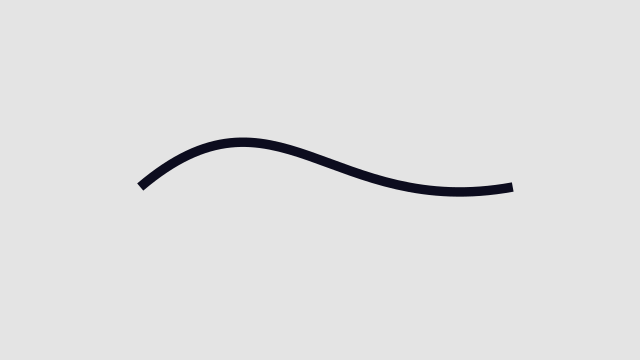
According to the above definition of fibers, every fiber can not be a textile fiber. So what is fiber in textiles? For a fiber to be suitable for textile products, it must demonstrate some characteristics or properties. Some of these properties are necessary or essential characteristics known as primary fiber properties whereas some are desirable which if present will enhance the value of the end product.
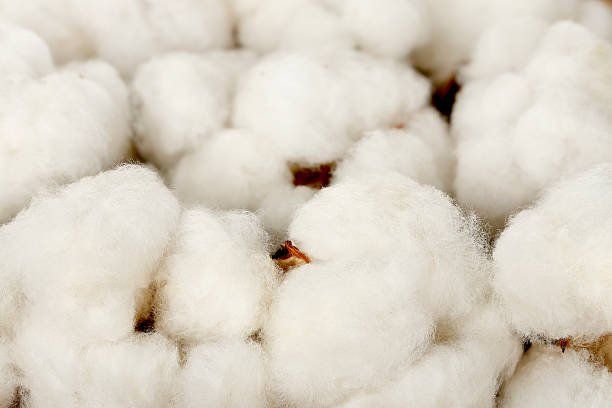
Primary fiber properties
Here is the list of primary fiber properties:
- Aspect Ratio or length
- Strength
- Flexibility
- Uniformity
Aspect ratio or fiber length
Fibers should have a high aspect ratio. A high aspect ratio means the length of the fibers should be considerably greater than the diameter of the fibers. Natural fibers such as cotton, wool, etc. have aspect ratios in the range of 1000 – 5000. It is difficult to convert very small fibers into yarn. Therefore, it is almost impossible to make yarn from fibers having a length of 5 mm or small. Pakistani cotton fibers are considered short staple length fibers and have a staple length of about 28 mm. To make high-quality yarn, it is mixed with long staple length cotton verities such as Egyptian or American cotton. Longer fibers can make good quality yarn whereas shorter fibers are difficult to be spun into yarn. Almost all natural fibers have an aspect ratio greater than 1000:1 as given in the following table:
| Fiber Name | Aspect Ratio |
| Cotton | 1400 |
| Wool | 3000 |
| Flax | 1200 |
| Ramie | 3000 |
| Silk | 33 X 106 |
Strength
Strength is the second most important characteristic of fibers after aspect ratio or length. Fibers should have sufficient strength to be converted into yarn. Weaker fibers will either be unable to make any yarn due to excessive breakage on the machine or the yarn made from them will be too weak to bear the tensions of the weaving or knitting process. The strength of the fibers is determined in terms of tenacity which is a measure of the breaking force of fibers with respect to the linear density of the fibers.
Flexibility
The third primary property of fibers is flexibility. Fibers should be flexible enough to provide optimum comfort to wear clothing. Otherwise, any type of fiber can not be used for textile applications just because it is fiber by dentition. For example, we can not wear clothing made of metallic filaments or fibers because of their stiffness or rigidity or lack of flexibility. Similarly, among different types of clothing fibers, all fibers may not have an adequate level of flexibility to provide the required level of comfort to the clothing. For example, jute and hemp fibers are stiffer than cotton fibers. Among natural fibers, cotton is best known for its comfort properties, especially for summer clothing and wool is known for its comfort (warmth) properties for winter clothing. Stiffer fibers give a harsh feeling to the body and are also difficult to be wrapped up in the form of yarn.
Uniformity
Uniformity is another essential characteristic of fibers to produce good quality yarn and hence good quality clothing. Fibers should be uniform in their length, diameter and other properties to produce uniform yarn. However, natural fibers have a lot of variations in these properties whereas such variations can be controlled in man made or synthetic fibers.
Secondary fiber properties
In addition to the above primary fiber properties, there are some secondary fiber properties that are not essential but desirable and will consumer experience. Some of the secondary fiber properties are listed below:
- Luster
- Elastic recovery
- Fineness
- Moisture regain
- Thermal Properties
Luster
The luster of the fibers contributes to the aesthetic value of the clothing. Luster refers to the gloss or shine on the surface of the fiber. It is important where the look of the textile products matter. The surface shining also depends on the shape of the fibers, for example, circular, triangular, oval, etc. Among natural fibers, silk is famous for its luster properties and has a triangular cross sectional shape. The luster of man made fibers can be controlled during production using additives whereas the luster of natural fibers can also be modified or improved using various treatments.
Elastic recovery
The elastic recovery of fibers is another property that contributes to the durability as well as the enhanced value of the textiles. Clothing products experience various stretching forces during normal usage. Fibers may elongate under the influence of these stretching forces. The ability of the fibers to recover their original dimensions is known as elastic recovery. More the elastic recovery, the more will be the dimensional stability of the fabric.
Fineness
The fineness of fibers represents the thickness or diameter of the fibers. It also contributes to several properties of yarn and resulting fabric. Finer fibers will tend to closely pack within the yarn structure and hence influence the porosity and air permeability of the yarn and the fabric. This will ultimately influence the comfort properties of clothing.
Moisture regain
The moisture regain (MR) represents the ability of a fiber to absorb moisture under standard conditions which are 65 % relative humidity and 25 °C temperature. The moisture regain of cotton is 8.5 % which is significantly greater than the moisture regain of synthetic fibers. This means that 100 Kg of cotton can absorb 8.5 Kg of moisture under standard conditions. It is due to this ability of cotton that makes it ideal fiber to be used in summer clothing to absorb sweat from the body and increase comfort by providing a dry sense.
Thermal properties
Different fibers may have different thermal properties. Among various thermal properties, the thermal conductivity of fibers is important. Thermal conductivity represents the ability of the fibers to conduct heat. Fibers with high thermal conductivity are advantageous in summer clothing to conduct body heat away from the body whereas low thermal conductivity fibers are useful for winter clothing to preserve body heat in winter clothing to provide comfort to the wear in hot and cold weather.
There can be several other properties of fibers that may be desirable for a particular end use or product.
Types of textile fibers
Now, we know what is a textile fiber and understand primary and secondary properties of textile fibers. However, different types of textile fibers can be classified based on different criteria such as fiber length and nature of their origin.
Difference between staple and filament fibers
Depending upon length, fibers can be classified into two categories: staple fibers and filament fibers. Fibers having limited length are called staple fibers. Staple fibers can have lengths of up to several inches. Almost all natural fibers such as cotton, wool, etc. are staple fibers except silk which is a filament fiber. Fibers having continuous length are known as filament fibers where the length can be up to several kilometers. Among natural fibers, silk is the only filament fiber. On the other hand, synthetic fibers can be produced either in staple form or filament form according to the needs.
Another classification of fibers is based on the origin of the fibers where fibers are classified into three main categories as listed below:
- Natural fibers
- Synthetic fibers
- Regenerated fibers
Natural fibers
Natural fibers, as the name suggests, come from nature. These are obtained either from plants or animals. Therefore, natural fibers are further subdivided into two categories known as plant fibers and animal fibers. But what is fiber material that comes from plants? Plant fibers are composed of cellulose and are also known as cellulosic fibers. Examples of plant based cellulosic fibers are cotton, hemp, jute, etc. Whereas animal fibers are made of proteins and are known as protein fibers. A list of most common natural fibers is given below:
List of cellulosic fibers
- Cotton
- Jute
- Hemp
- Flax
- Bamboo
- Ramie
List of animal fibers
- Wool
- Silk
Synthetic fibers
Synthetic or man made fibers are fibers that are produced industrially from chemicals. These fibers are mostly petroleum based fibers as these are made from chemicals obtained from the petrochemical industry. Examples of synthetic fibers are polyester, nylon, acrylic, etc. These fibers are also known as manufactured fibers. Here is a list of some of the most common synthetic or man made fibers:
- polyester
- Nylon
- Acrylic
- Polyethylene
- Polypropylene
Among these fibers, polyester fibers have found widespread use in clothing products. Compared with natural fibers, the advantages of synthetic fibers are that their properties can be tailored to meet particular needs. Moreover, variations in the properties of synthetic fibers can be controlled. For example, it is impossible to control variations in length, fineness, color and other properties of natural fibers. Whereas synthetic fibers can be manufactured with uniform length, fineness, color, strength and other properties. However, the disadvantages of synthetic fibers are that they are plastic products and plastic materials pollute our environment. Textiles are a major source of releasing micro plastic in the environment.
Regenerated fibers
The third most important category of fibers is regenerated fibers. These fibers lie in between natural and man made fibers. These fibers neither fully come from nature nor are entirely manufactured synthetically. Their raw material comes from nature but raw material is converted into fibers synthetically. Almost all these fibers are cellulosic because their raw material in the form of cellulose is obtained from plants. This cellulose is converted into fibers in the industry. Lenzing in Austria is the world-famous manufacturer of these fibers. Viscose is the most famous regenerated fiber used in the textile industry. The list of some of the regenerated fibers is given below:
- Viscose
- Rayon
- Cuprammonium rayon
- Cellulose acetate
- Cellulose triacetate
The classification of different types of fibers discussed above is summarized in the following image:

Other than the fibers mentioned above, there is another category of fibers known as high performance fibers such as ultra high molecular weight polyethylene (UHMWPE), carbon, meta or para aramid fibers. These fibers are used in technical textile products.
We have given a brief introduction to different types of fibers and different fibers will be described separately in different articles. Now we know what is a textile fiber? How textile fibers are classified and what are primary and secondary characteristics of textile fibers. If you have a question in mind, what is the most widely used textile fiber? Among natural fibers, cotton is the most widely used fiber, whereas, polyester is the most widely used fiber in the synthetic fibers category. However, if compared globally, polyester is the most widely used fiber worldwide among natural and synthetic fibers.
